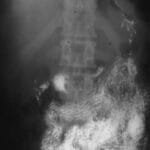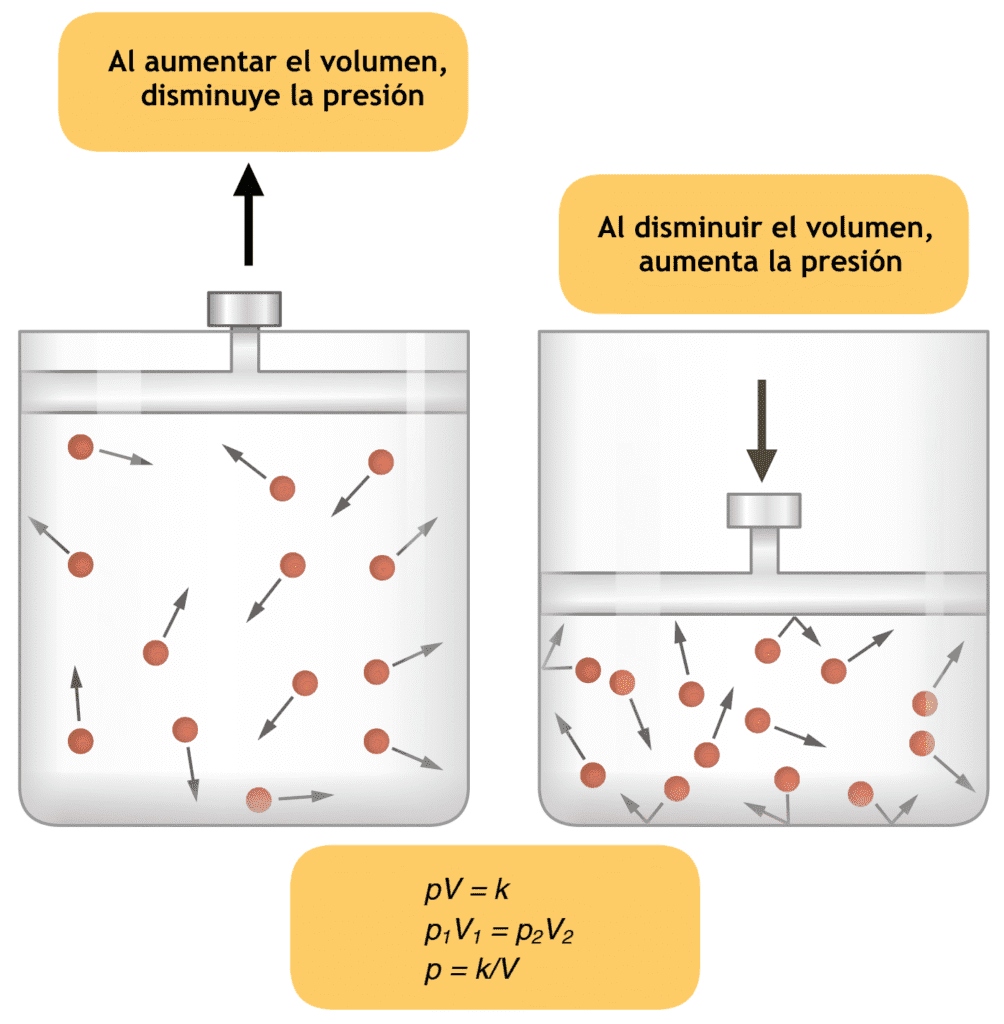Surgery for small bowel obstruction is a very common emergency operation done in many hospitals. Intestinal obstruction is a blockage of your small intestine or colon that can prevent food and liquid through it. Intestinal obstruction can occur due to a number of conditions, including attachments in the abdominal tissue (adhesions), hernias and tumours or fibrous belts.

Intestinal obstruction may cause unpleasant symptoms, including abdominal pain and swelling, nausea, and vomiting series. If left untreated, it can cause formation of toxins due to stagnant contents. This may result in the death of intestinal tissue, severe infection, shock, and perforation. However, due to institution of timely medical care the obstruction can often be successfully treated.
Cause of small bowel obstruction
Common causes of mechanical intestinal obstruction to small bowel are:
- adhesions – bands of fibrous tissue in the abdomen, often abdominal or pelvic surgery,
- hernias – intestines which in different parts of your body projection
- in the small intestine cancer
- inflammatory bowel disease such as Crohn’s disease
- twisted bowel (volvulus)
- intestines stretching (retraction)
Signs and symptoms of intestinal obstruction include:
- crampy abdominal pain that comes and goes
- Nausea
- Vomiting
- Diarrhea
- Constipation
- no stool or fart
- abdomen (stomach) swelling
The treatment of intestinal obstruction depends on the reason for your condition.
For the treatment of intestinal obstruction require hospitalization. When you arrive at the hospital, the doctor will first assess your condition and start certain emergency mesures. This may include:
- Intravenous (IV) line placed in a vein in your arm, so that the liquid can be given
- Nasogastric (NG) tube placed through the nose and into your abdomen, air and water suction to reduce abdominal swelling
- Flexible urinary tube (catheter) placed into your bladder is thin, and the collection of urine test
Treatmet of local mechanical obstruction
If you have mechanical obstruction in the amount of food and liquid can still (partial blockage), came back and has been stable in hospital. You can not further treatment. Your doctor may also put forward a special low-fiber diet, this is your easy to deal with partially blocked intestine. If the obstruction is not clear itself, may need surgery to relieve obstruction.
Dealing with a complete mechanical obstruction
Complete obstruction, of which nothing can through your intestinal tract, usually require Surgery for small bowel obstruction to relieve congestion. Your program will depend on the cause of obstruction, which parts of your gut. Surgery for small bowel obstruction is usually to remove the obstruction and any of your part, which is dead bowel.
Treatment of intestinal obstruction caused by the blockage depends on the situation. For the treatment of intestinal obstruction some of the more common Surgery for small bowel obstruction include:
Lysis adhesions.
The elimination of these bands of scar tissue is called adhesiolysis. After the abdominal cavity is opened, the surgeon’s subtle analysis of intestinal obstruction by the surgical adhesions is relieved by using scissors and forceps.
Hernia repair.
This process involves opening incision through it near the place of the hernia sac.
Removal of end-to-end anastomosis.
“Resection” is a type of Surgery for small bowel obstruction which means to remove part or all of an organization or structure. the part of Small or large intestine removed, is therefore, hinder or to the normal passage. Anastomosis is connecting two cut end of a tubular structure, forming a continuous channel. His is a very common Surgery for small bowel obstruction.
Removal of ileostomy or colostomy.
In some patients, the anastomosis is not possible, because the severity of the obstruction. After blocking and diseased tissue is removed, an ileostomy or colostomy is created. Ileostomy is a Surgery for small bowel obstruction in which the small intestine connected to the abdominal wall, and the waste then exit the body through the artificial opening holes. Colostomy is a procedure in which the colon is the part of the digestive tract that is attached to the abdominal wall.


Hello! I’ve been reading your site for some time now and finally got the bravery to go ahead and give you a shout out from Atascocita Tx! Just wanted to tell you keep up the fantastic job!
I think this is among the most important information for me. And i am glad reading your article. But should remark on some general things, The site style is ideal, the articles is really nice : D. Good job, cheers
Eger EI, d, Saidman LJ. Hazards of nitrous oxide anesthesia in bowel obstruction and pneumothorax.